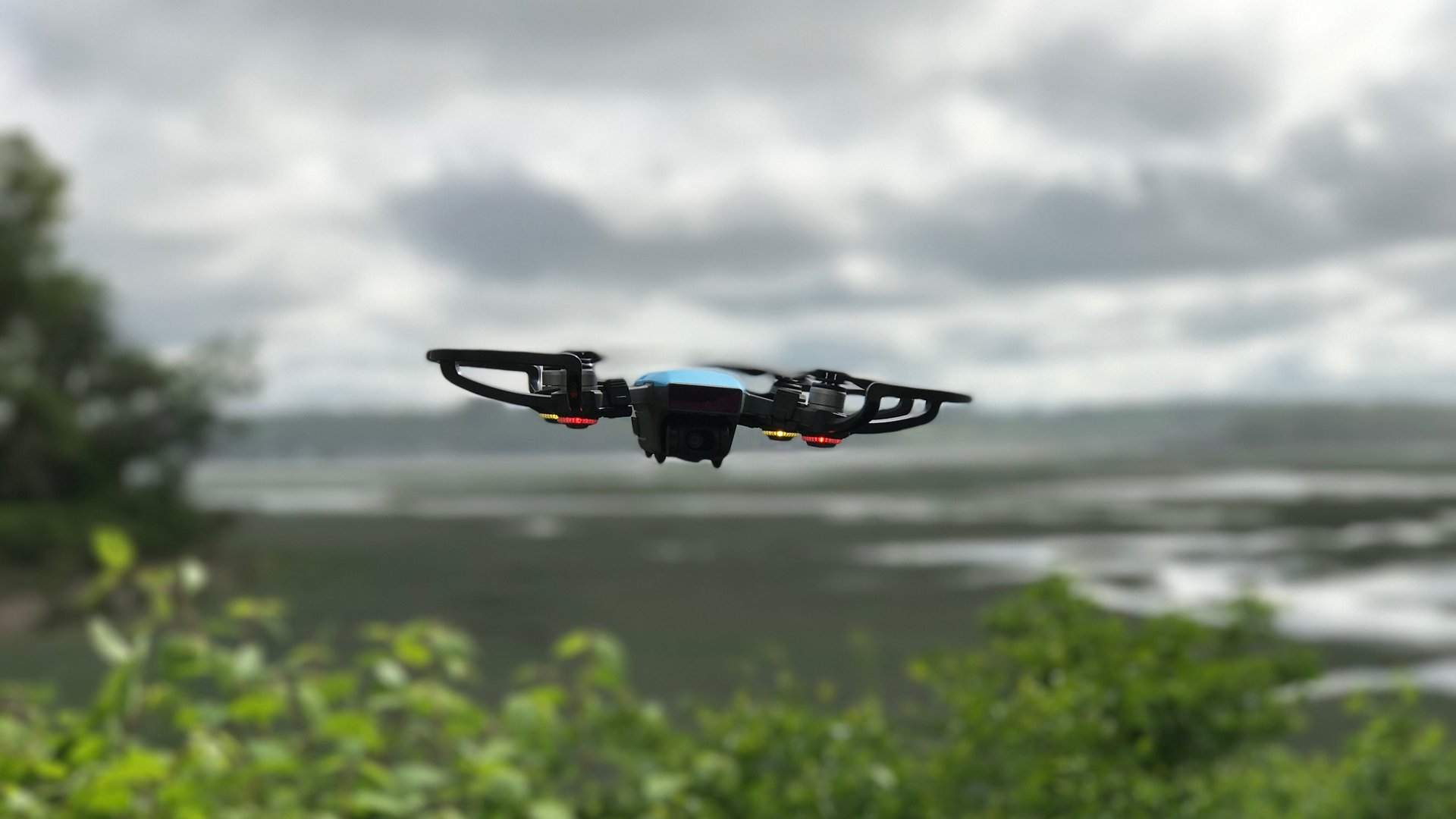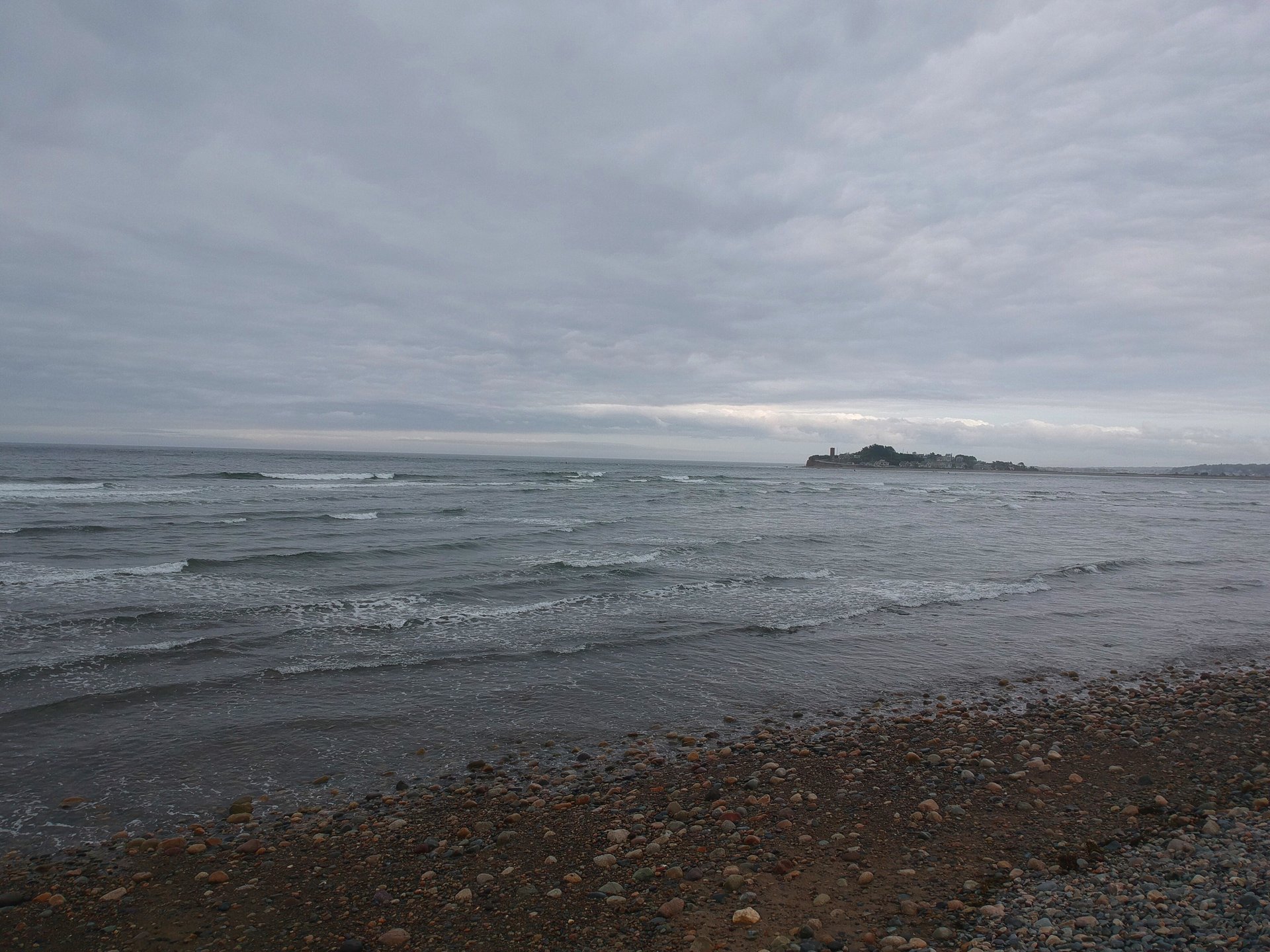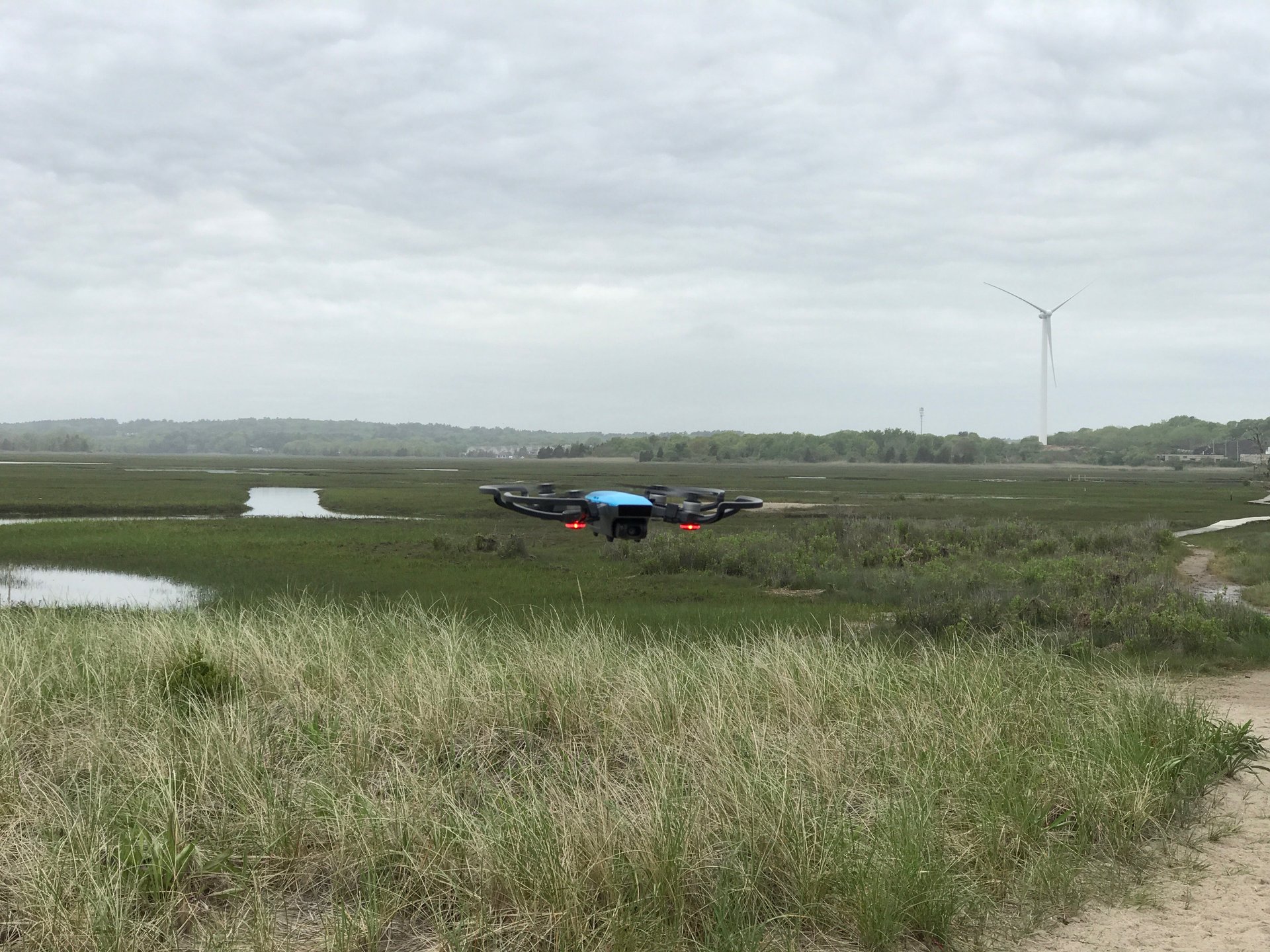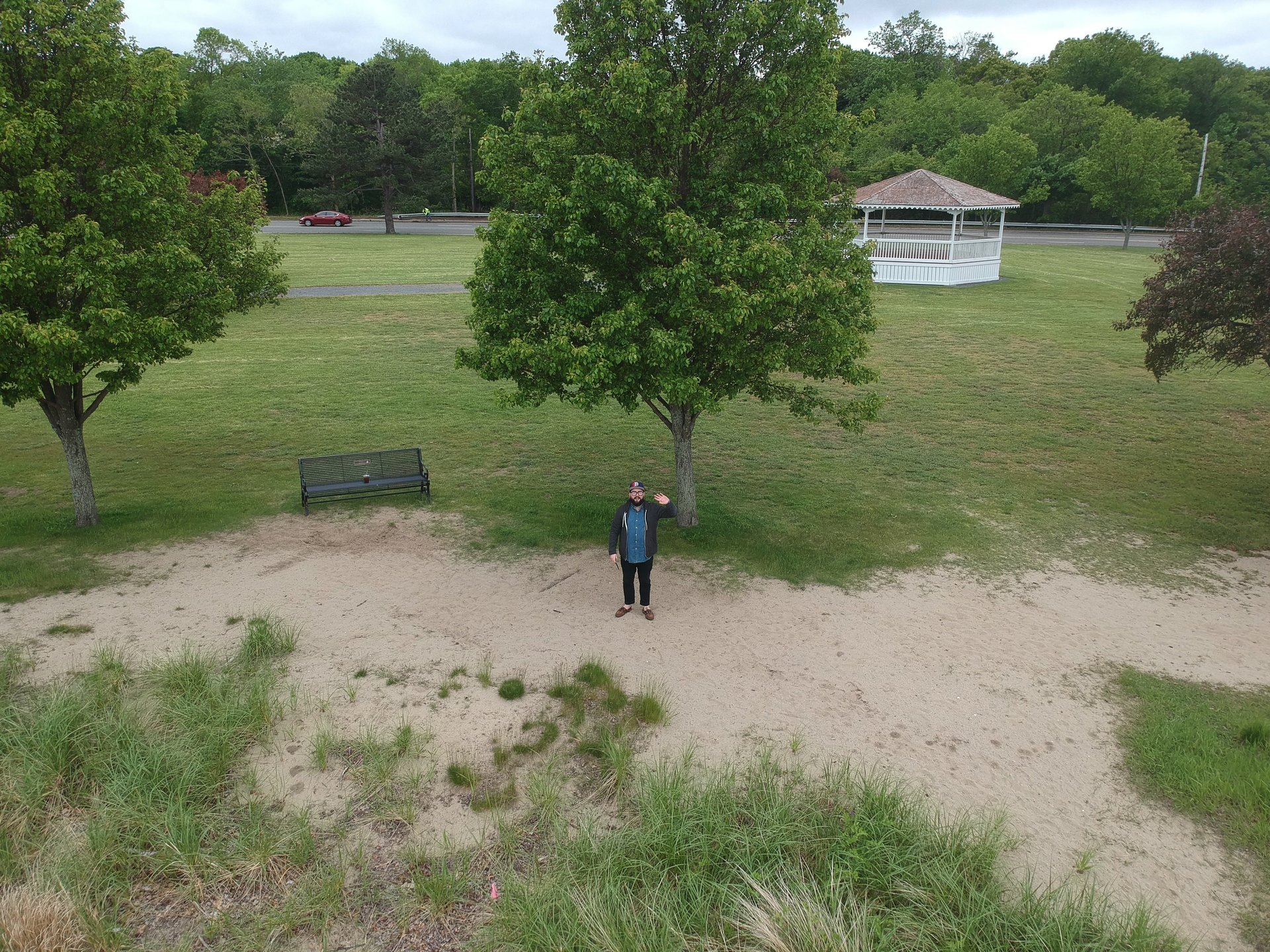The DJI Spark is the first drone for anyone
The era of flying selfies may be right around the corner.


The era of flying selfies may be right around the corner.
DJI previously told Quartz that its Phantom 4 drone was the first drone that anyone should be able to fly, but we disagreed. Although it could avoid people well, it was still difficult to set up and not that easy to fly. It was followed by the Mavic Pro, a foldable drone built around the same avoidance and camera technology in the Phantom, but in a smaller package. Last week, DJI unveiled the Spark, its smallest, most affordable drone to date. It’s the logical progression of its last few releases—smaller, just as powerful, and cheaper—but is it really easy enough for novices to fly right away?
Quartz spent the week with the Spark, to find out if it’s worth picking up:
What’s good
You really can feel like a Jedi. Using your hands to control the drone works really well. Anyone can fly it, including any owners of prestigious, 160-year-old news magazines you might come across. All you have to do is wave your hand left and right, and the Spark’s built-in scanners follow the motion. Make a square with your fingers like a director framing a shot, and the Spark will take a photo; wave your hands and it’ll fly backwards 15 feet, then raise your arms like you’ve scored a touchdown, and it’ll fly back to you. (Be warned, though: sometimes it might take a few attempts to register the gestures.)
You don’t need a phone or a controller to fly. On top of all the hand gestures, the Spark can even take off and land from the palm of your hand. Turn the battery on, press the battery button twice, holding the Spark outstretched in your hand—just be sure to keep your fingers away from the propeller blades. Once the Spark’s facial recognition technology senses your face, it’ll take off and hover on its own. You can put your hand right below it and it’ll land and turn off just as easily.
You can also fly with a smartphone (Android or iOS), or a controller that DJI will soon release specifically for the Spark. Using a smartphone, there are simple ways to control the drone: You can select people the drone sees to follow them around, or create other flight tricks (such as flying in increasingly large circles around a person) with just a few taps.
Here’s a quick video of me, exceedingly amateur drone pilot, attempting to get some nice shots from the Spark on my very overcast vacation:
It’s compact. Although the Spark’s larger sister, the Mavic Pro, folds up into a bundle that’s easy to stuff into a backpack, the Spark is so tiny that even though its arms don’t fold, it’s still exceedingly portable. The body is about the size of a soda can, and the drone should fit in just about any bag if you remove its propellers.
It (probably) won’t kill you. The Spark, like DJI’s last two drones, has sensors that allow it to avoid obstacles and know where the ground is. This means that, try as you might, you won’t be able to hit yourself with the drone as it’s flying. It also means that you can’t crash it into the ground, even if you pull hard down on the controllers.
You can live-stream from it. For any vloggers in the making, you can use Facebook, Weibo, or YouTube to live broadcast your drone flights to the world. Warning: Your followers will hear every loud whirr and beep the drone makes, and live-streaming will eat through your smartphone’s battery.
It’s affordable. Two years ago, DJI’s $1,000 top-of-the-line consumer drone weighed nearly 3 lbs, couldn’t live stream videos, and would do a fair bit of damage if it got too close to you. The half-pound Spark costs $500 and can do all this, and more. It’s not quite as powerful as DJI’s larger drones, but the barrier to buy a new, high-quality drone is dropping every year.

What’s not so good
It can lose connection from your phone. DJI GO, the company’s smartphone app to fly its drones, seems to have the same control options regardless of which drone it’s connected to. While I was testing the Spark, I tried to use the built-in selfie mode—where the drone pulls back and away from you—and when the drone was about 150 ft away, it lost connection. It sat there, hovering, about 100 ft in the air, a strong breeze picking up and threatening to toss the review unit into the ocean. I ran after it, but there was nothing I could do—I couldn’t reconnect. Thankfully, DJI’s drones are now smart enough to eventually return to where they took off when they lose connection, and after about a minute, the drone glided back to earth. The Spark is limited by the strength of the wifi connection it has to a smartphone, but it’ll be able to fly farther when connected to the forthcoming remote controller.
The battery does not last long. The stated battery life for the Spark is 16 minutes. However, after connecting to wifi, opening the app, getting ready to fly, and getting the thing in the air, you’re probably going to get about 10 minutes of flight time before the drone and your phone start blaring at you that the Spark is low on battery.
The battery takes forever to charge. Each Spark battery takes 80 minutes to charge. DJI sells a charger that can accommodate three batteries at once, but even filling them will still give you only about half as much flight time as it would to charge one battery. Make sure you stock on extra batteries—which will run you $50 a pop.
Taking off from your hand takes some practice. When it works, it looks like magic. But holding the drone in your palm, while also reaching for the button on the back of the battery—while not raising your fingers or risk losing one—is harder than it looks.

It can’t stand up to a stiff breeze. The Spark was not a fan of the coastal Massachusetts breeze near where I was flying it. Unlike DJI’s other, heavier drones, the Spark seemed to be knocked off kilter by just about any gust of wind it encountered.
The camera is weak for professionals. DJI’s costlier drones can shoot at higher framerates, and in 4K—the Spark can only shoot at 1080p HD at 30 frames per second. Think of it as the Spark being the drone equivalent of a compact camera, compared to a Mavic Pro or a Phantom as a DSLR camera.
The add-ons add up. The Spark is the first drone that DJI has marketed as safe to fly inside, but recommends adding propeller guards so no one or no thing gets chopped up. These cost $19, which seems like something that should probably be included in the cost of the drone. If you’re going to add a few more batteries and spare propellers, DJI’s affordable drone quickly becomes an expensive proposition. The company does sell a bundle, including the Spark, an extra battery, propeller guards, the controller, and a few other goodies, for $700.
Should you get one?
This is the first unit I would recommend for anyone looking to get into drones. I’ve been flying drones for a few years, and I still don’t feel particularly confident, but I was flying the Spark in the office, at home (sorry neighbors), at the park, and even at the beach (with varying success). Anyone can fly the Spark—and probably not crash it—and the gesture controls are truly intuitive. DJI’s software is still a bit fiddly—I’d compare it to the unending menus one might encounter on an Android smartphone, versus the relative simplicity of an iPhone’s operating system—but you don’t really even have to use it if you don’t want to.

But if you already own a few drones, this probably isn’t the next one to add to your collection. The Mavic Pro is only slightly larger, but has a far better camera, a higher top speed, and longer flight time.
The Spark, could well be the, erm, spark the consumer drone industry has needed. It’s simple, small, affordable, and fun to fly. Drones have pretty much been the domain of model aircraft enthusiasts, and vloggers looking for more extreme ways to record the banalities of their daily lives. This could be the first drone anyone could pick up, get in the air in seconds, and take photos with. The Spark isn’t perfect, but it’s really an impressive drone in a small package.
Now, all DJI needs is some sort of app store—this thing begs for Facebook, Periscope, Snapchat, and augmented-reality apps—and these things may well end up being as ubiquitous as smartphones.